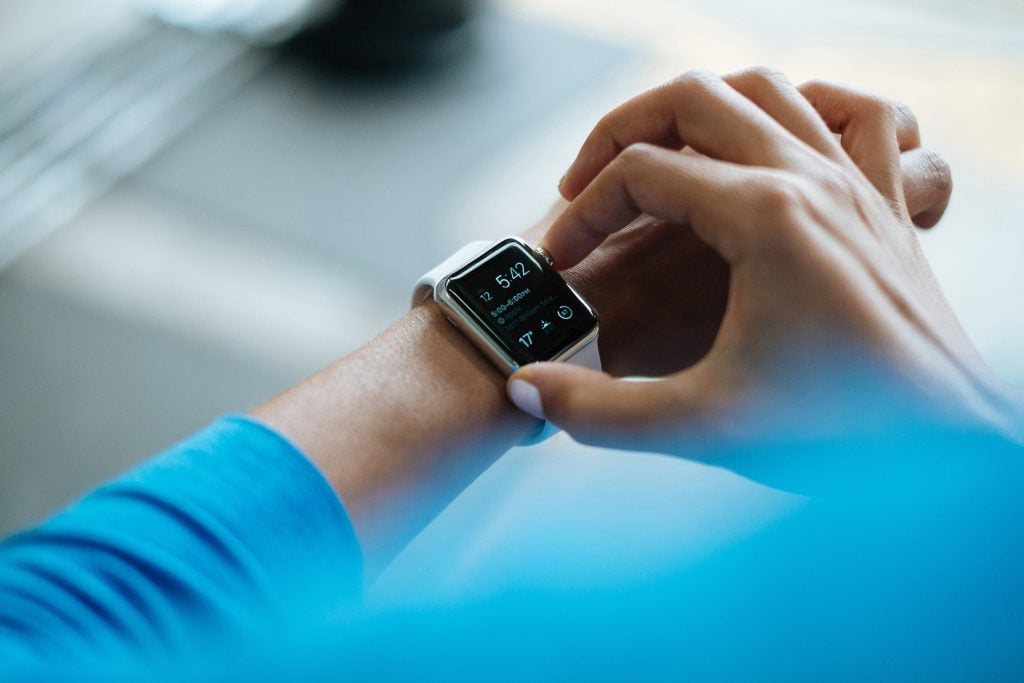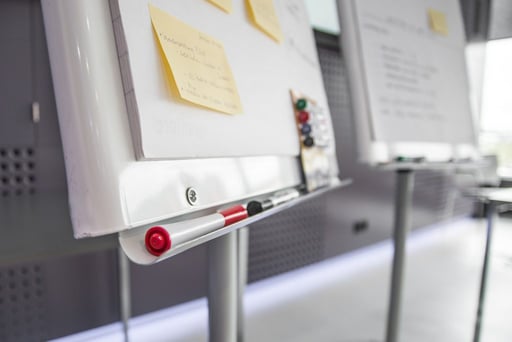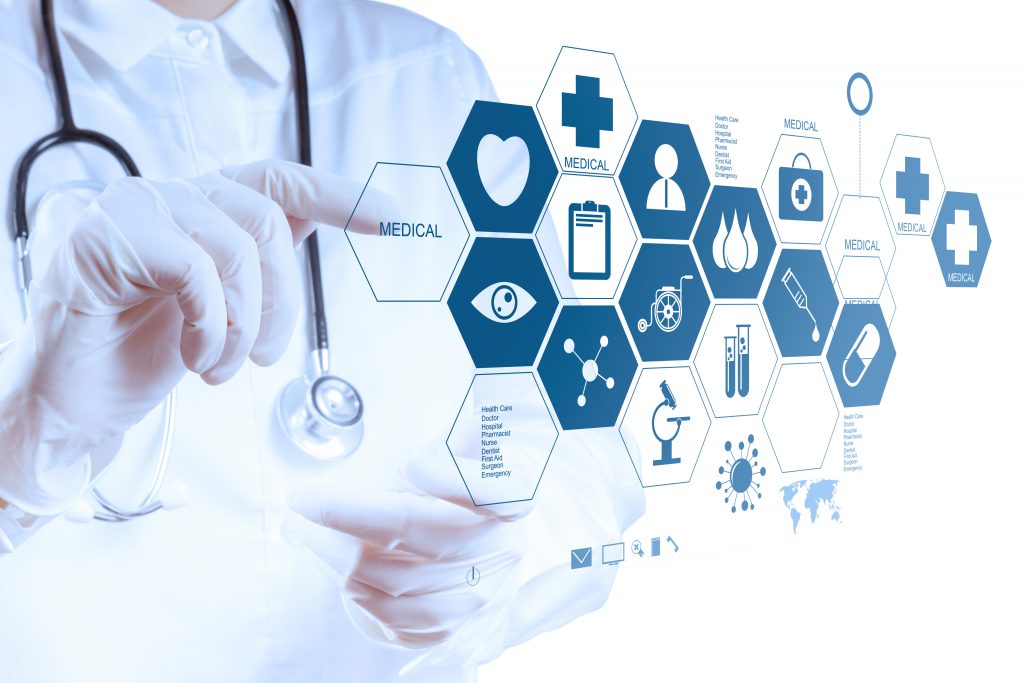We’re going to take a look at what’s coming in the future. These are the top 10 Internet of Things technology trends for 2018!
We’re nearing the end of the year here in 2017. It’s been another fantastic year for technology, and we’ve seen lots of exciting innovation. But it’s never too soon to look towards the future. We’re going to take a look at what’s coming in the future. These are the top 10 Internet of Things technology trends for 2018!
10. Games
IoT has completely revolutionized the gaming industry. Think of the Pokémon Go phenomenon. The Internet of Things means that we can use Augmented Reality (AR) on our smart devices to interact with the world around us in completely different ways, and the gaming industry is completely on board.
Think about online gambling: just as casinos analyze the reactions of players through facial reactions, nonverbal cues and speech, IoT allows online gambling sites to analyze and track players’ data, scrutinize their satisfaction, and preserve players’ privacy. IoT also allows for the amalgamation of online playing with physical gaming. Players can leave the casino and continue gaming from the comfort of their couch.
9. Education
In addition to smart homes and smart offices, we’re also starting to see smart schools. We’ve already seen a shift in education from paper and books to online teaching platforms. Think of tools like Blackboard, where educators can interact directly with students on a secure network to give grades and assignments.
As early as 2014, US education technology (EdTech) companies raised $1.2 billion in funding. A great example of Smart Education is SMART, which created the world’s first interactive digital whiteboard system. SMART boards are interactive display systems that look like any other whiteboard, but are connected to a computer allowing for video playback, slideshows, etc.
They also capture information and transform it so that it can be shared later with students or lecture attendees. Nobody has to take notes anymore. All notes made on the whiteboard are automatically saved.
8. Manufacturing
Some talk about the Internet of Things as the fourth industrial revolution: Industry 4.0. Increasingly, we are seeing a shift away from just physical manufacturing flows (the flow of material components) to a chain where material components are automatically linked with their information. A piece of raw material can communicate that it is “a piece of X material to be made into product Y for customer Z” to a machine processing it.
Eventually, materials themselves may even be able to correct for irregularities during processing, and communicate when they have reached their final destination. IoT is increasingly linking mechanical engineering and information technology in the manufacturing world.
7. Insurance
IoT means that insurance companies have direct access customers’ data. This lets them make precise calculations for premiums and liability. Liberty Mutual is working with Google’s Nest to connect smoke alarms in the home, thus reducing the risk of fire and at the same time driving down insurance premiums. Nest alerts customers via their phone when there is a smoke detection or carbon monoxide leak. Liberty provides its customers with the Nest technology at no extra charge. It actually takes up to 5% off its customers’ premiums once the technology is completely installed!
6. Communication
Mobile communication is of course one of the main components of IoT. Smartphones communicate data to the cloud using a variety of input sensors: voice, touch, GPS, etc. An example of how IoT could enhance the communications we already enjoy might be a doctor engaging in a telemedicine consulting session. The doctor could be engaging with the patient over a video call while at the same time receiving streamed data from a blood pressure sensor or an ultrasound detector connected to the same device the patient is using to call them. The data could all be stored and recorded. It could also be simultaneously communicated to various medical institutions for future analysis.
Another way doctors could communicate with patients is via our Medic Mirror, which enables them to make diagnoses through an interactive smart mirror.
5. Health
Not only does IoT facilitate medical consultations or visits, but it can make taking care of our health generally easier. Companies have developed systems that allow diabetics to monitor blood sugar automatically with sensors that send the data through their smart phone to their health care providers and simultaneously adjust insulin levels for injection. This kind of technology is becoming more and more frequent for other health-monitoring systems as well allowing for constant communication through the medical devices and constant improvement of treatment systems.
4. Social
When social networks meet the Internet of Things, we get what the Social Internet of Things (SIoT). Think about the quick exchange of information that happens today among people across the various social networks that we use. Problem solving is almost instantaneous as people use platforms like Facebook or LinkedIn to ask questions or solicit recommendations from real people they likely know. The Social Internet of Things means that devices could engage in similar information exchange on a continuous level. Certain things can be considered “friends” and develop a level of trust as they interact more frequently with successful rates of problem solving.
Find out more about our Social Media Analytics tool to manage your social networks.
3. Fitness
IoT means that our Fitbit tracking devices can provide practical advice to help us reach our fitness goals. Gadgets can now identify a single individual entering or leaving a gym, their weight and body fat percentage, and upload the information to a platform. Users then get graphs of variations in weight/fat, as well as predictions for weight loss or gain time. Then, they can get feedback on what they need to do to reach their fitness goals. Routines and diets are automatically readjusted as time progresses. This information is stored and can be accessed from various geographical locations. That means you’re always on top of your fitness goal tracking.
2. Nutrition
With the use of automated sensors, monitors, wireless devices, and cloud date collection, agriculture can provide higher quality nutrition to a larger number of people. Farmers can receive data about weather, soil quality, humidity, crop ripeness, growth conditions, and more all at their fingertips with their smart devices. The information can be used to maximize production and subsequently distribution. Consumers could also access data about the food that they buy, including where it came from, growing conditions, and a detailed nutritional profile - all at the click of a button.
1. Finance
Smartphones are augmenting the ATM experience making choosing a bank easier for consumers. Smartphones or smart watches are serving as debit cards that can function with just a swipe to transfer funds easily and securely. Retail banks are also mimicking retailers by putting sensors in branches to suggest product details, discounts or recommendations through consumers’ smart phones or watches. Banks can increase the adoption rate of extra services by communicating directly with their customers.
We think these are the 10 sectors that will see a big change in 2018 with Internet of Things technology. Which ones do you think will change the most? Let us know in the comments!
You might also enjoy reading:
- How the Internet of Things for Smart Cities is Revolutionizing Transportation
- Oldest Internet of Things Objects in the World
- The Benefits of Smart Cities: Improved Citizen Service through E-Governance
Interested in how Internet of Things technology can help you? Contact us today!





